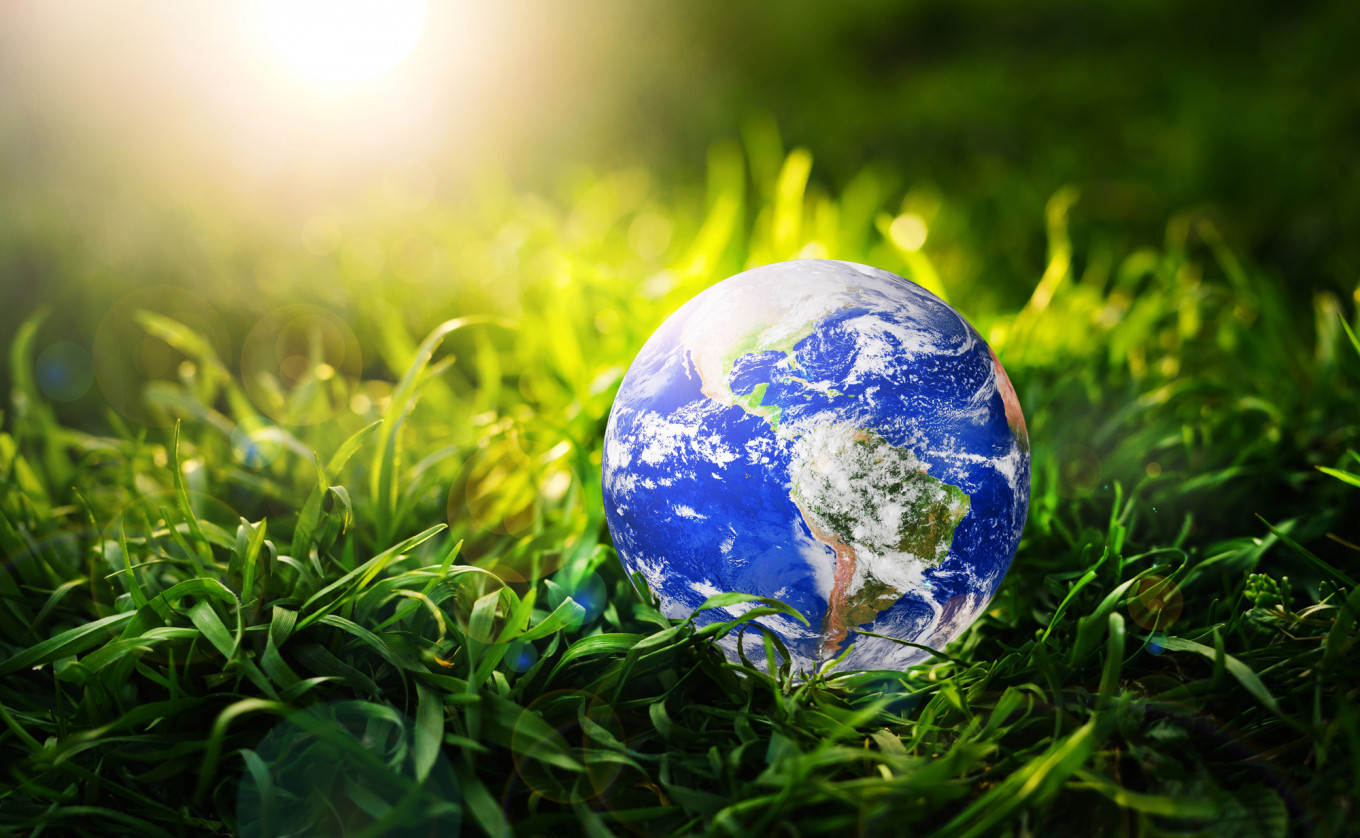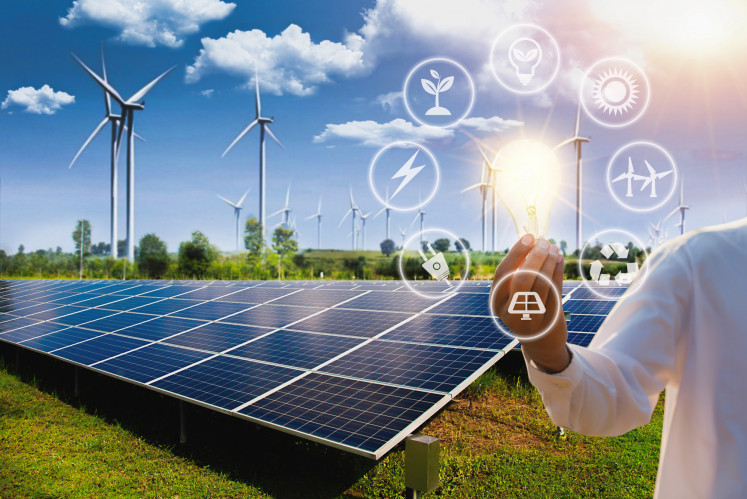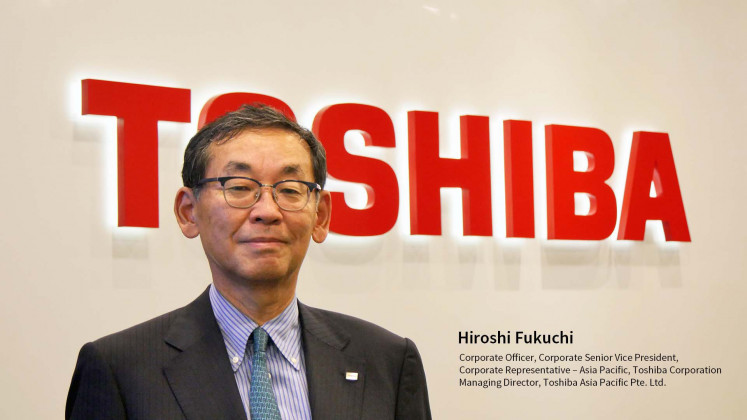Popular Reads
Top Results
Can't find what you're looking for?
View all search resultsPopular Reads
Top Results
Can't find what you're looking for?
View all search resultsHeading to the greener energy journey in Southeast Asia with cutting-edge technology
In Southeast Asia, one of the world’s fastest growing regions, the need for green energy has never been clearer than in recent years.
Change text size
Gift Premium Articles
to Anyone
S
tandfirst: With improvements in battery technology and artificial intelligence (AI), green hydrogen helps overcome obstacles in adopting renewable energy.
In Southeast Asia, one of the world’s fastest growing regions, the need for green energy has never been clearer than in recent years.
This means more than just the generation of energy true decarbonization is achieved by going green from generation, storage, distribution, smart usage to management.
This is possible now with developments in green hydrogen, batteries and AI that enable “virtual” power plants
First, green hydrogen. This is a form of hydrogen that is produced without emitting any carbon because it is created with renewable sources such as solar or geothermal.
It can be used to generate electricity when needed and also stored and distributed in a way that reduces the uncertainty of renewable energy.
The green process is helped by the falling prices of renewable electricity, particularly from solar and wind, which can be used to generate hydrogen. This can then be released to generate electricity that is delivered to homes, offices and factories.
Takeup in green hydrogen
Green hydrogen trials have been run in Southeast Asia in recent years. In 2019, SP Group successfully established the first zero-emission building in the region that is powered by green hydrogen.
It used Toshiba’s pure hydrogen fuel cell system, a hydrogen-based autonomous energy supply system that produces hydrogen and stores the fuel for producing electricity later with its Fuel Cell technology.
The system uses a special metal alloy as a storage medium to bond with hydrogen, allowing for the storage of a large volume of hydrogen at a much lower pressure over a long period of time without any deterioration.
When electricity is needed, the stored hydrogen is released slowly and regulated, making it safer and more compact to be stored and managed.
Besides Singapore, the governments of Indonesia and the Philippines are working with Toshiba to provide green hydrogen as an off-grid energy source to power their remote islands.
SCiBTM batteries
Advancements in rechargeable batteries are set to make a big difference as well.
With them, solar or geothermal energy that is harvested can be converted into electricity and stored on a battery for use when needed.
To do this, Toshiba’s SCiBTM battery uses lithium titanium in its anode to deliver safety, long life, low-temperature performance and rapid charging and high effective capacity.
It has been used by energy companies, such as Tohoku Electric Power Co in Japan, as a way to store energy and reduce grid frequency changes at a substation.
In portable form, the SCiBTM battery is used in electric buses for public transport to automated guided vehicles and mobile robots on a factory floor.
A virtual power plant (VPP)
What will also help to decarbonize the environment is improved management of energy. Here, a transformation is happening with smarter software systems driven by AI and the Internet of Things (IoT).
A VPP is possible now with recent advances. It calls for all the distributed sources of energy, including the solar panels and batteries in homes and offices and renewable energy from generation companies, to be managed as one virtual power plant.
. (Photo/Shutterstock)Using AI and IoT, this system can better predict demand and supply. It can match them catering to the peak and troughs of a usage cycle and reducing waste.
With the data on hand, consumers can also smartly manage their energy use. They can gain credits when they agree to a request to scale down their usage.
Already, Toshiba is seeking to launch VPPs across Japan next year in a shift away from a power grid centralized around a single energy generator.
Finding a path forward
Ultimately, the goal is to find a way to use energy more efficiently and to generate that energy through green sources that do no further harm to the planet.
Toshiba is utilizing its full range of products and services in the generation, distribution, and storage of power, while pursuing carbon capture and utilization technologies
“Renewable energy shows us a path forward to a future where economies can grow while being sustainable in the long term,” said Mr Hiroshi Fukuchi, Corporate Representative – Asia Pacific, Toshiba Corporation and Managing Director, Toshiba Asia Pacific Pte. Ltd.
. (Photo/Toshiba)“With a strong forged by more than 140 years of experience, together with our partners, we are confident we are making progress and delivering holistic and sustainable solutions to our most pressing challenges today,” he added.
For more information, please visit Toshiba Asia Pacific.
For more stories, please visit Toshiba Clip.













